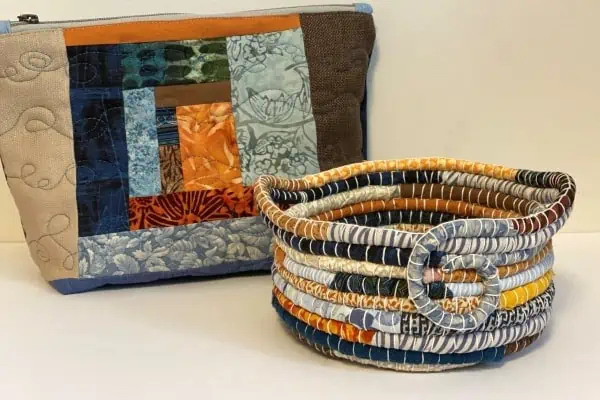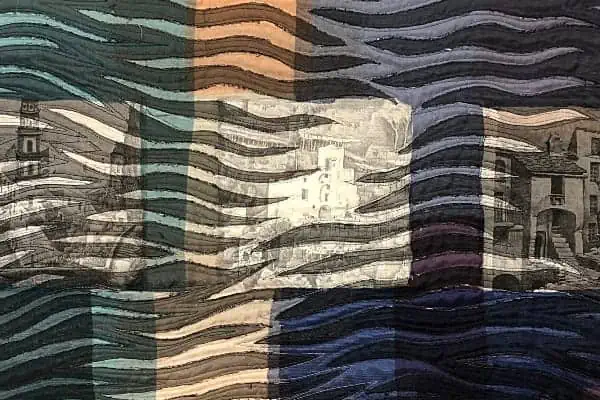Many people of all walks of life enjoy painting. Most of the time, acrylics trump oils in popularity. Children, starting out in school, are offered tempera, watercolour and acrylics. The general belief is that oil paints are too messy, toxic, stinky and expensive.
While oils can get messy without guidance, they are superior in colour, open working time (they take a while to dry); and their historic, archival qualities go way back into the 5th century but only gained popularity in the 15th.
Acrylics or plastic paints only became commercially available in the 1950s. I got into oils when I got serious about landscape painting. I was frustrated by how quickly acrylics dried and that the beautiful colour gradients and mixing abilities could not even happen when the open working time was so short.
Oil painting is safer in the 20th century because we are no longer locked in to using turpentine, a solution for cleaning or diluting oil-based paint. You can now get odourless mineral spirits or Gamsol that have no odour and are much safer in the air you are working in. The paint itself is not stinky because it is made with a carrier oil like linseed or walnut, with powdered pigment. I don’t advise getting oils on your skin as the high-quality cadmiums can go straight into your bloodstream (because we have oil-based skin, it is easily absorbed). Acrylics seem to sit as a film on top of your skin. To protect yourself, use gloves or a barrier cream before your session. With practice and experience, it won’t be as messy.
The best pigments come from the earth: ground-up minerals like cadmiums, quinacridones and titaniums, to name just a few. You can create any hue with just six colours and white! I use a warm and cool of yellow, red and blue. After making the primaries, you can mix all three to create a neutral black. White helps with all the greys and various highlights.
Supplies get expensive when you buy too many, especially when you don’t know what basics you will need. I find that paint prices are pretty similar and it depends largely on the quality you choose and how important colour is to you. Oils generally have more pigment content to begin with.
The brushes you need are large, medium and small ones with a liner and a jumbo wash brush. A pallet knife is used in both paint types, to mix colour with, rather than mixing with brushes, which can damage them fast. If you don’t clean your brushes properly, you’ll have to purchase more.
Pick just one brush shape to begin with. The best way to clean oil brushes is first to rinse and wipe well with mineral spirits and then to dry them off with a rag or paper towel, then wash in warm water and Sunlight soap and lay them flat to dry. Canvas or supports such as wood panel are the same price, and the only extra thing needed is plain linseed or walnut oil to thin and improve viscosity, and mineral spirits to thin and clean with.
Acrylics can be thinned and cleaned with water. The price goes up again when you add the variety of acrylic mediums that improve translucency, which have no colour, just different thicknesses and types of clear, flexible additives such as retarders that slow down drying time. Regardless of your experience, give oils a try. They have been around the longest and are much safer than in the past. Don’t write them off before even trying them; they truly are wonderful to work with.




